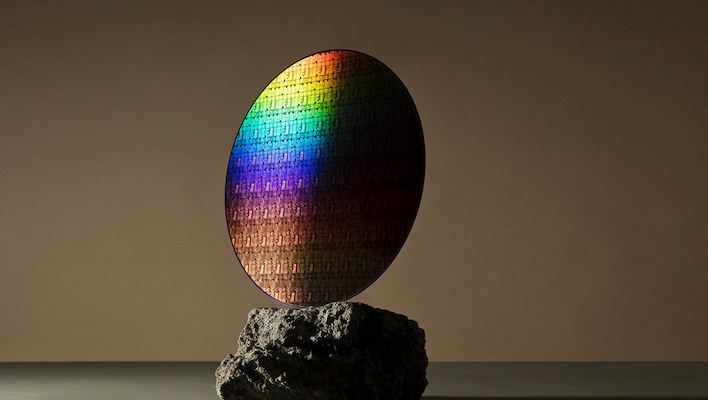IBM And Samsung Chip Breakthrough Could Allow Your Phone To Last A Week On A Single Charge

In addition to bolstering its investment in the US, Korean-owned Samsung Electronics is working alongside IBM to develop new innovations. The tech giants unveiled a new semiconductor design that uses a new vertical transistor architecture. This could mean a reduced energy usage of around 85 percent compared to current technology. IBM and Samsung say the new architecture could enable semiconductor device scaling beyond the nanosheet.
Currently, chip design requires transistors to lie flat on the surface of the semiconductor. The electrical current flows laterally, side-to-side, through them. Moore’s Law states that he number of transistors incorporated in a densely populated IC chip will approximately double every two years. However, engineers are running out of space, simply because the finite lateral area is already jam-packed.
By way of example, IBM’s latest 2-nanometer manufacturing process allows for a chip the size of a human fingernail…crammed with 50 billion transistors. That’s 333 million transistors per square millimeter, and may represent the threshold for current chip design architecture.
The new Vertical Transport Field Effect Transistors (VTFET) changes all that. Using VTFET, manufacturers can build transistors perpendicular to the surface of the chip. This can extend Moore’s Law, since chip designers can place transistors up and down in addition to side-to-side.
The new technology means much more efficient power consumption, in addition to being able to greatly scale up performance. The new chip technology looks to deliver either double the performance or an 85 percent energy reduction, compared to current semiconductor design architecture.
That would mean, for example, your smartphone’s battery could power the device for as long as a week, instead of just a single day.

